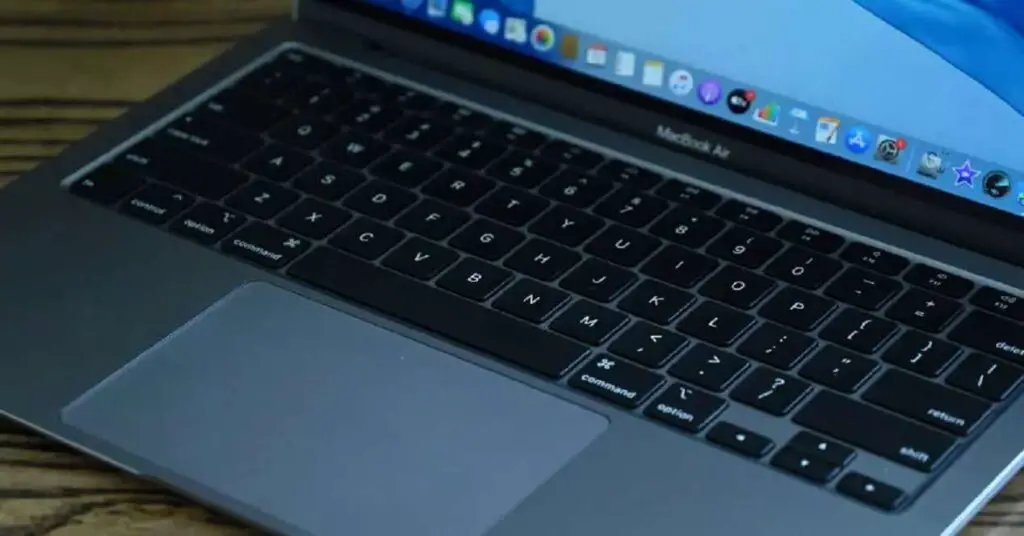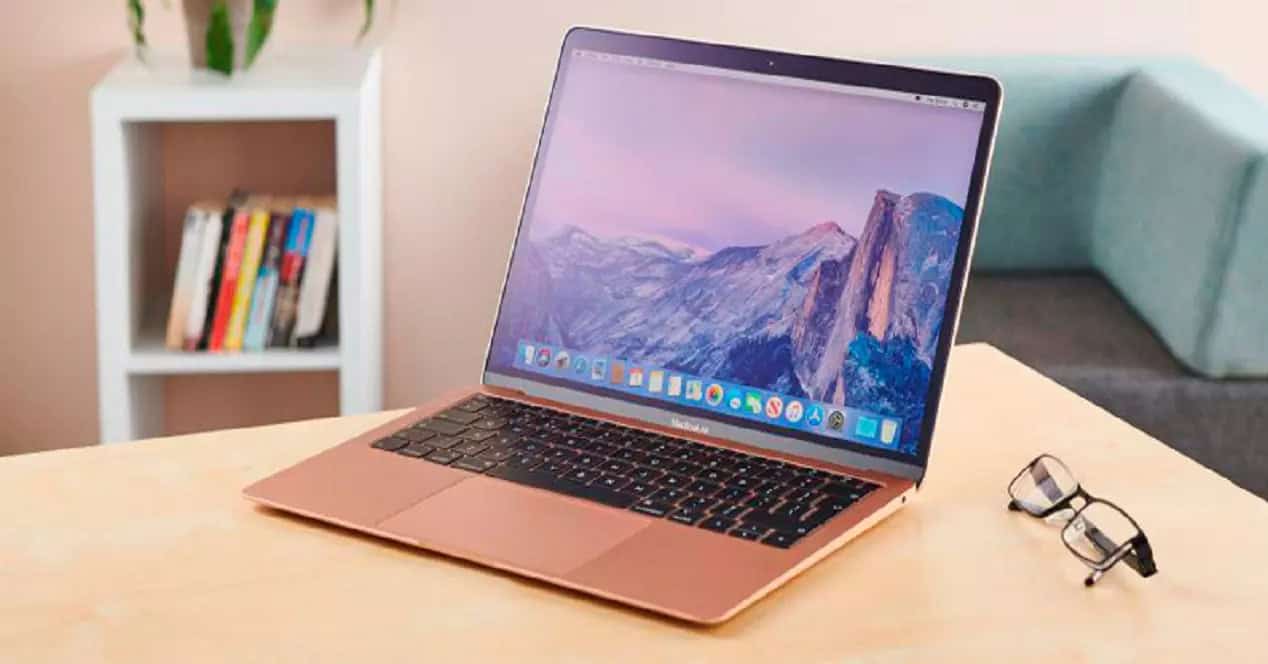Windows users are very familiar with their computer’s BIOS, but this is not the case for Mac users. If you are wondering why macOS does not have a clear BIOS for making certain settings in the depths of the computer, in this article we will tell you why.
What exactly is a BIOS?
BIOS stands for ‘ Basic Input Output System ‘. It is firmware installed in the internal memory of the motherboard of any computer.
It includes the necessary options to boot a computer as well as the settings to configure the processor or the RAM.
In other words, BIOS, in computing, stands for Basic Input/Output System. Its purpose is to make sure that all the things connected to the computer can function correctly.
It is, so to speak, the operating system of the computer’s components. In any case, its aesthetics are quite sober. It does not need to be visual, nor does it consume hardly any resources.

As we say, this is a feature that is very internalized in certain PC users, but that may end up being missed by other users such as Mac users.
The BIOS (Basic Input Output System) controls the communication between the system devices, such as the disk drive, the screen, and the keyboard.
Each version of the BIOS is customized based on the hardware configuration of the computer model line and includes a built-in configuration utility to access and change certain computer settings.
Do Apple Macs have BIOS?
As we have said before, the BIOS is present in all PCs that integrate Windows or any other operating system, such as Linux.
But you are probably wondering if there is something similar in macOS. The short answer is no, but there is a system to be able to make different adjustments in the depths of the device.
Macs do have a BIOS, but we can’t use it. They have to have it, because, in the end, it works with components, just like the rest of the computers in the world. The problem here is that Apple is very closed when it comes to its security and doesn’t allow us to access it. At least, not the full version. But it does exist.
Apple’s secrecy about its systems may not please some, but it is part of its brand philosophy. “It just works” is the slogan behind its products. Apple does not want its users to open their Mac and find a BIOS. That is not Apple.
Many users may wonder why we would need to access the BIOS. In principle, a normal person would not have to do so. If a problem arises, it is best to go to Apple’s technical service, which is quite efficient.
And if it is something that can be solved from the BIOS, which the brand’s authorized technicians can access, as a general rule there will be no problem even if the computer is under warranty.
Accessing the Mac BIOS
Although there is no official BIOS on the Mac that we can access, there is something similar. It is very restricted so that no one can alter the operation of the device, except technicians.
But in case you are curious about accessing this part of the system, you simply have to follow these steps:
- Shut down your Mac completely.
- Once turned off, turn it back on.
- At that moment, hold down the Command + Option + O + F keys.
After a few seconds, you will see a screen where you can enter different commands to make very subtle changes. It does not include an interface like in the case of PC BIOSes, but is much more sober.
Obviously, we do not recommend accessing this part of the operating system under any circumstances, and even less so if you do not know what you are doing.
In the absence of BIOS, commands are good
Accessing the BIOS on a Mac is a very limited and practically anecdotal function, if we compare it with Windows computers.
That is why if we need to access certain functions of our Mac we can opt for the commands when turning on the Mac.
They can be used to configure certain settings on our computer before the macOS operating system starts.
It is true that this series of settings is only an “adaptation” of what certain BIOS settings could become, by Apple. But if we want to perform certain more specific and complex actions, these commands are very important:
If you have a Mac with an Intel processor
Macs with Intel processors have a number of shortcuts and keys to run recovery commands, or to be able to start the system in ways other than turning on the computer and letting macOS load.
Why specify Mac commands for Intel? The difference is in the processor, as Apple Silicon chips have other ways to access these options, which we will see later. For now, here are some of the most useful key commands that you will be able to use:
- Holding down the Alt / Option key as soon as you turn on your Mac allows you to choose where the operating system will run from, and which system you want to boot from. This is very useful if you have a partition with Windows since you can choose the boot system as soon as you turn on your computer.
- Pressing the Shift key when the computer is turned on allows it to boot into Safe Mode.
- Holding the D or Option/Alt + D key while turning on your computer allows you to run the diagnostic tool so you can see the detailed functioning of your computer and the status of your hardware.
- Command + R allows you to enter macOS recovery mode, and to completely reinstall the operating system, in case we are unable to access it.
If you have a Mac with Apple Silicon
Mac computers with Apple Silicon have a completely different internal structure than Mac computers with Intel processors.
In this case, the entire system is built on a single board (what is known as SoC, System on a Chip) and, as it is a proprietary Apple architecture protocol, and BIOS is an element that is not from the company itself, Mac computers with Apple Silicon do not have a BIOS of any kind.
Accessing these commands and options that we mentioned in the previous section requires a completely different series of steps. If we have a computer with M processors and we try to execute any of these functions, you should know that we will not be able to do anything.
To access these functions on a Mac with Apple Silicon, we must do so by holding down the power/Touch ID button.
It is important to keep this button pressed, even if we have heard the startup sound since we will have to wait for several options to appear regarding the operating system boot disks (in this case, macOS) and a settings icon (which is shaped like a gear).
If we click on this option, an options panel will open with keyboard command functions. In this case, virtually.
In short, you can access it, but it is not recommended that you do so, at least not out of curiosity. Unlike a normal Windows computer, a Mac has its default options so that everything works well, and it is best not to change them. Although, as we say, Apple does not allow major modifications either.
Let us know in the comments if you know what the BIOS is and if you have ever navigated through it on a Mac.
 Trick Knowledge Technology
Trick Knowledge Technology

